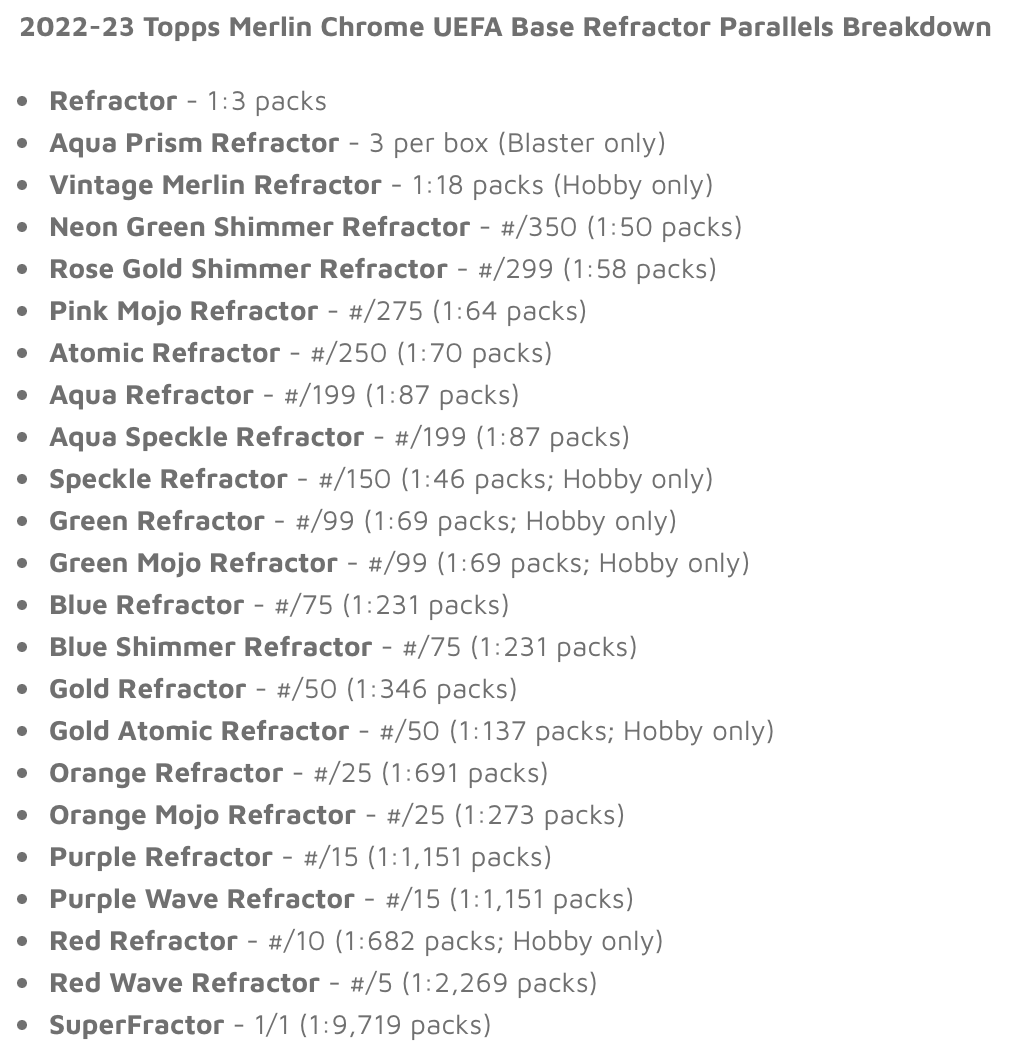Contact me on Instagram



This is my first edition, of many where I will be writing weekly pieces regarding all things football and cardboard related.
This isn't a deadly serious blog type of scenario, it’s just on the back of my own views and personal opinions. I will try to make it an easy read, but I do tend to ramble on so apologies in advance.
This week I was really interested to see what was going to happen for the Jude Bellingham market, especially after his Golden Boy award. At this time it is staying steadily high (based on rookie autograph data), which would imply it is still the time to sell investments or surplus PC extras. I would be careful if you are looking into buying anything rookie material during this period, after all, can he get to a much higher height than he currently is achieving?
Understanding the Current Card Market

Feelings for a small down in the card market currently seem to be of a mutual respect between collectors currently. I can’t help but think there are two main factors to this change, extortionate print runs and the struggles for cash flow.
We can look at original sets from Topps such as 2017 Chrome and Panini providing Prizm 2014 and see the obvious changes, but if we look more recently around the 2020 period and now, the changes are excessive. If we take Topps Merlin Chrome as a main example, the highest numbered card you could find in a hobby box was #/299. In the 2023 release, you can now find cards numbered as high as #/350, but at a first glance this does not really look like much of a difference, right? After researching into the different variant and card types you could get in the set, there was a total of 15 different numbered cards in the 2020 set. The new 2023 set has 21 different numbered cards, an increase of an extra 6 numbered cards (2 x /25s, 2 x /15s, 2 x /199s, and a couple of extra numbers added such as a #/275).

So why does this affect the card market? Well it is devaluing numbered cards pulled in boxes because of the sheer number of cards and variants available, making them theoretically less rare. This resulting in flippers competitively pricing their cards on places like eBay, where they undercut each other’s prices and accept low offers just to clear out bulk excess. Driving the market down continuously until players have good games or have 1st team breakouts.
Teaching data protection
The national curriculum for teaching computing talks about using 'technology safely and respectfully, keeping personal information private', found in the key stage 1 area of study.
And for key stage 2 this closely follows suit with 'use technology safely, respectfully and responsabily'

Below is a short video on personal data online which can be shared with both Key stage 1 and Key stage 2 pupils.
Teacher Tools and resources
This video from the NCA-CEOP Education shares good insight for pupils in key stage 2 on how they can understand what information is okay to share online.
The company ICO offer a range of help and understanding for both pupils and teachers.
About the Author
Joshua White
Teacher of Primary Education & Collector of Sports Cards